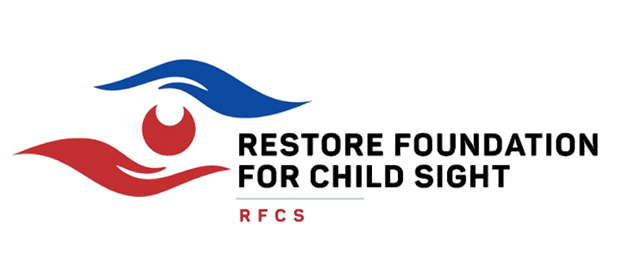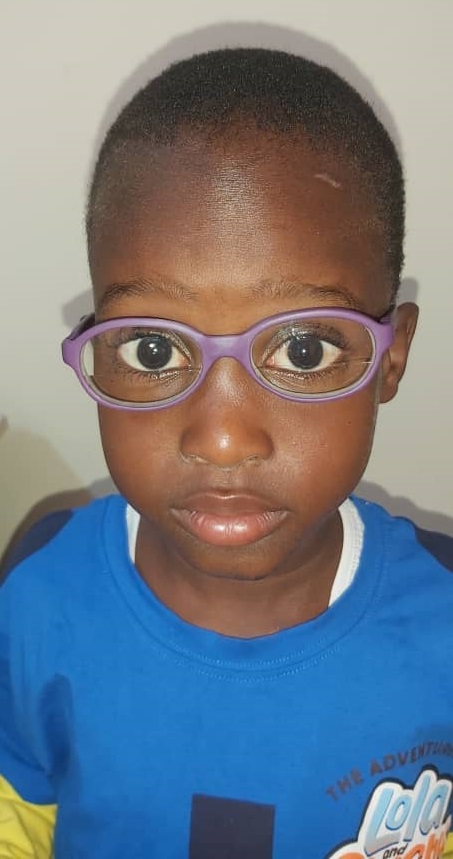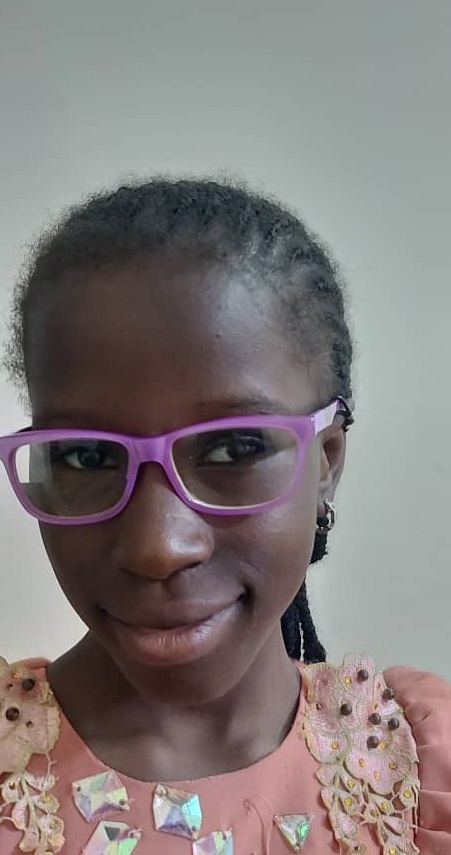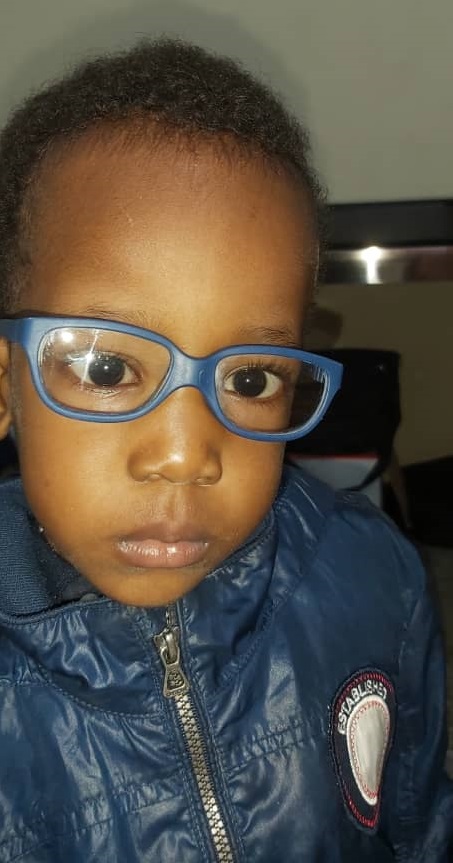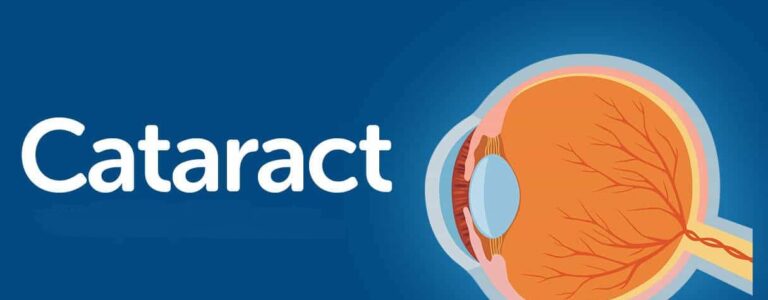Refractive errors and spectacle use in children
Refractive Error
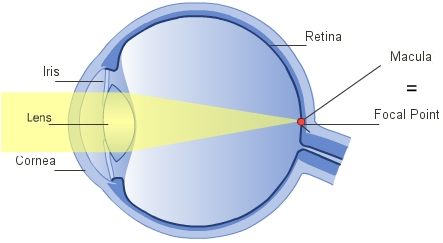
Refractive error refers to a difficulty with focus of the eyes, resulting in blurry vision. It is the most common cause of visual impairment in children, constituting 60 to 80% of causes. It is estimated that 2 to 11% of children less than 16years have a refractive error.
Normally, there are various parts of the eye which participate in producing clear focus of an image to the screen at the back of the eye, called the retina, so the object can be seen clearly. However, for various reasons including an eye longer or shorter in length than it should be for that age, or some abnormality with the curves of the front part of the eye (the cornea) or the lens inside the eye, a refractive error can result, leading to blurry (unclear) vision.
Types of refractive error
- Short-sightedness. Also called myopia. In this case, the eye is better adjusted to seeing at short distances. Hence, reading at near from a book or a near electronic device such as a cell phone, tablet or computer screen is clear, whereas focus on distance objects is unclear. Therefore such an individual finds it difficult to see afar in a classroom (as with the white board when sat far from it), a television screen afar and looking in ahead in the horizon.
- Long-sightedness. Also called hypermetropia or hyperopia. In this case the eyes are better adjusted to focus afar, so there is considerable strain with near work such as with reading a book, and working on a close screen such as a computer screen and cell phone.
- Astigmatism. This refers to an irregularity in the refractive error. This produces really blurry images and can occur in either long or short sightedness.
- Combinations. Some children may have a complex combination of long and shortsightedness, sometimes having either eye with a different error.
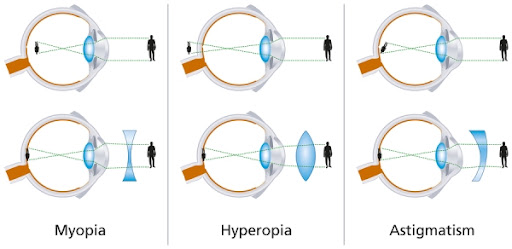
Symptoms of refractive errors in children
- Blurry sight or reading.
- Eye ache
- Headache
- Watering
- Persistent blinking.
- Reading very close to face or watching Television up close.
- Misalignment of one or both eyes.
Consequences of refractive errors in children
- Retarded early development in infants. The first 2years in a child’s life is most critical to long-term quality of vision.
- Poor or no education. 90% of blind children never go to school.
- Poor academic performance.
- Poor self-esteem.
- Shortened lifespan. 50-60% of blind children die within 2years of developing blindness.
- Huge economic implications for families and the nation. Rehabilitation of a blind child costs 6-fold what is needed to raise a sighted child.
Treatment
Refractive errors require spectacle use when they are significant. It is important that children be allowed to use spectacles when indicated. There is no child too young to wear spectacles, infants inclusive. Spectacles allow clearer view when worn. It is important to note that ‘correction’ of vision simply means what vision a person has whilst spectacles are on. It does not mean that the refractive error gets cured after a period of spectacle use. Some refractive errors naturally reduce and cancel out over time such that a child no longer needs to use them when the error becomes insignificant. This is to be determined by the Ophthalmologist.
Important facts for spectacle use in children
- Regular review of the power of the spectacle lens power is important. The period for review may range from 6months to 18months. Period for review is best advised by the Ophthalmologist. Lenses need to be updated to the next power when it has been determined to have changed.
- Good frame fit is important to successful spectacle use. The frame must not be too tight or loose to avoid discomfort and slipping off respectively. An appropriate sized frame allows for proper centration. Where the eyes are looking through the central part of the lens, the clearest part.
- It is important to let children have a say with choice of colours of frames to be used for spectacles. It may influence compliance. Children feel more encouraged to wear frames they are pleased with.
- Lenses need regular cleaning with microfiber cloth and lens fluid to get rid of stains and smudges, keeping lens crystal clear for optimal vision. Dirty lenses obscure the view and discourage compliance with spectacle wear.
- It is necessary to have cords on the frames to protect it from accidental drop to the floor and risk of scratches, breakage and loss.
- Some children require extra therapy called patching in which one eye is kept covered for between 2 and 4 hours daily whilst also keeping spectacles on. It is important to comply with this when recommended.
- It is usually not necessary to tint or make children’s lenses photochromic, because this may reduce contrast indoors and in dim illumination, reducing clarity of viewing. However this becomes necessary in albinos who have glare with lights because of lack of melanin pigment.
- Other factors that are important to aid optimization of vision include good illumination, proper seating position in class and adequate font size and contrast of writing on the board in the classroom.
Summary
Spectacle use is critical in helping children with refractive errors cope with their immediate tasks on the short term, and provide opportunity for proper vision development to have optimal vision for the long term as adults.
